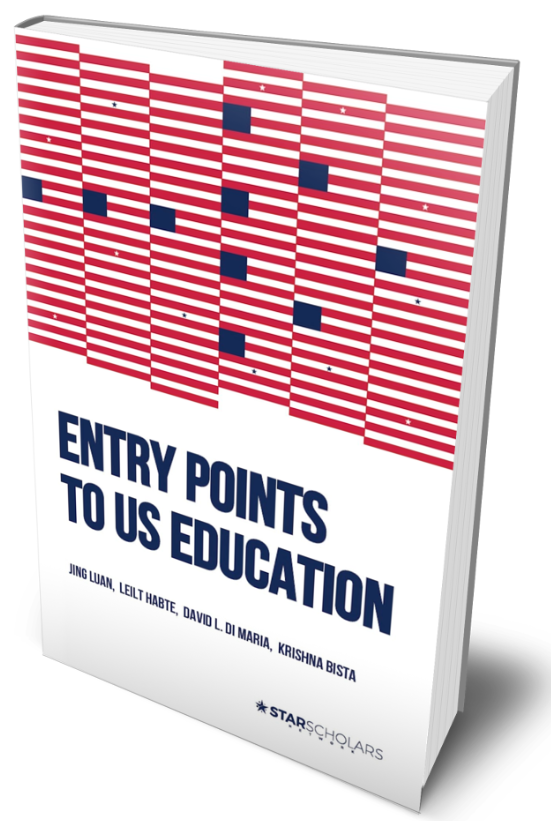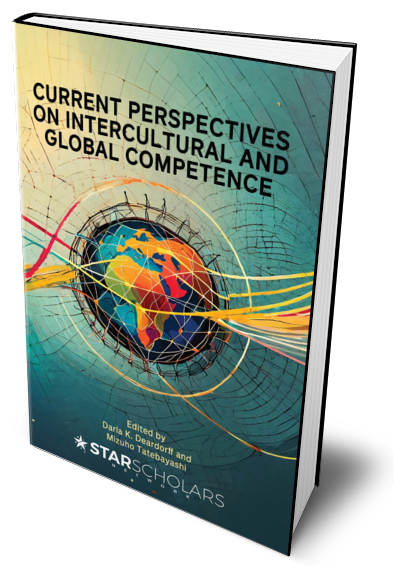Secondary School Initiatives as Entry Points to Higher Education Enrollment for International Students in the U.S.: Pathway Toward Increased Intercultural Understanding
Published
Synopsis
Maureen Manning The PIE, United States
Darla Deardorff AIEA, United States
Abstract
In this chapter, the authors highlight several initiatives within international education at the secondary level that enhance international students' sense of belonging, academic success, and intercultural competence, and can increase their enrollment in U.S. higher education institutions and foster enhanced intercultural understanding. By exploring high school international education programs, academic support and guidance, community engagement and service learning, peer support networks, dual enrollment programs, internships, and gap year programs, the authors consider how these initiatives contribute to broadening entry points, therefore increasing international enrollment in U.S. colleges and universities. The authors provided summary data seen rarely in published reports.
Keywords: international students, secondary students, intercultural competence, sense of belonging, college recruitment, entry points
How to cite this chapter: Manning, M., & Deardorff, D. (2024). Secondary school initiatives as entry points to higher education enrollment for international students in the U.S: Pathway toward increased intercultural understanding. In J. Luan, L. Habte, D. L. Di Maria, & K. Bista (Eds.), Entry points to US education: Accessing the next wave of growth (pp. 43-64). Star Scholars Press. DOI: https://doi.org/10.32674/4r0sfm57





